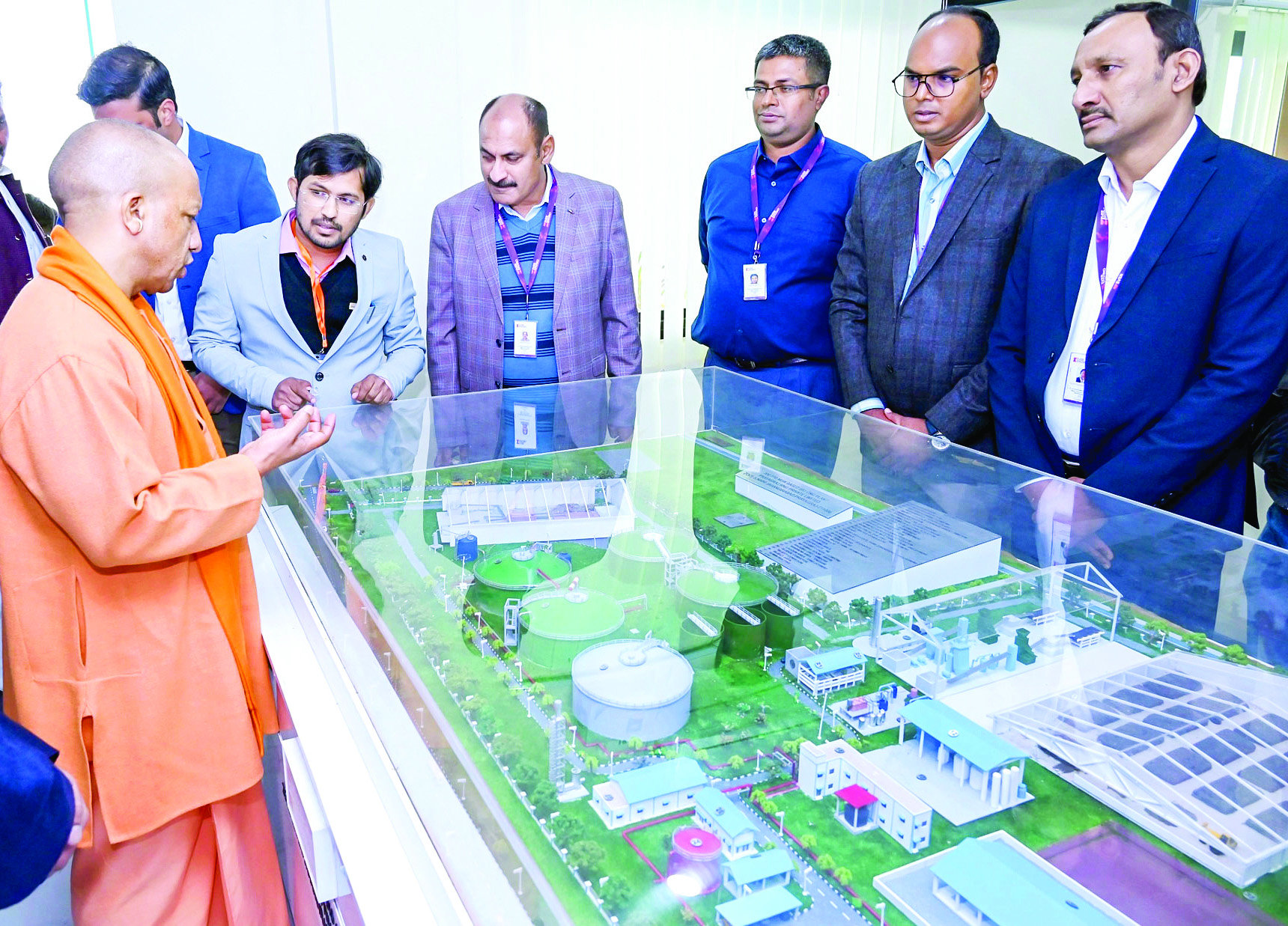UP’s efforts to build support infrastructure and better facilities have boosted religious tourism, increased income generation for local communities through related activities, and brought in significant revenue.
In the 1960s, the contribution of Uttar Pradesh to India’s Gross Domestic Product was about 14.4%, but poor governance, corruption, and lawlessness in the following decades stagnated the state’s growth and development. Things changed for the better in 2017 when the Bhartiya Janata Party led by Yogi Adityanath came to power in India’s most populous state. The Yogi administration has focused its efforts on good policy initiatives, building better infrastructure, and making the state safer, to tap into the hidden potential of what people used to call a “bimaru” (laggard) state. It is too early to say if Uttar Pradesh will become the driving force behind India’s growth, but the state has become conducive to business and investment.
The tourism sector has undergone the most noticeable change experiencing incredible growth. From January to September 2024, 47.6 crore tourists visited the state. Ayodhya became the top spot drawing 13.6 crore pilgrims, surpassing Varanasi and Agra. After the opening of the Kashi Vishwanath Corridor, the pilgrim numbers to Kashi reached nearly 13 crore in 2022-2023, significantly higher than the previous yearly average of 30-40 lakh devotees. This increase has caused the temple’s income to jump by 500%. The state’s Buddhist circuit has also experienced significant footfall.
Uttar Pradesh has a diverse religious, cultural, and historical landscape. It has some of the holiest places for Hindus and Buddhists. The state’s efforts to build support infrastructure and better facilities have boosted religious tourism, increased income generation for local communities through related activities, and brought in significant revenue for the state.
The potential of large religious gatherings to drive economic activities can be understood from the success of the Ardha Kumbh of 2019, which saw over 25 crore pilgrims. A Confederation of Indian Industry (CII) report states that it generated Rs 1.2 lakh crore, amounting to nearly 7% of UP’s Annual Gross State Domestic Product (SGDP).
The Maha Kumbh event, scheduled from January 13 to February 26, 2025 in Prayagraj, will have an even greater economic impact. This once-in-a-century occasion, which marks the completion of 12 Purna Kumbhs and will not happen again for 144 years, is estimated to pull in 40-45 crores pilgrims.
The Mela ground in Prayagraj stretches to 4,000 hectares, 20% more than in 2019. The tent city for temporary stay for the pilgrims has been doubled in size and will accommodate over 1.6 lakh tents. The number of pucca ghats has increased from four to nine, and the pontoon bridges have increased from 22 to 30. More than 400 kilometres of temporary roads have been constructed, a 35% increase from 2019. For water supply to over 200 water ATMs and 85 water booths, nearly 1,250 kilometres of pipeline has been laid. To meet hygiene and sanitation needs, 1.5 lakh toilets are being built, with 10,000 sanitation workers are hired to maintain cleanliness during the Mela. Artificial Intelligence and drones are deployed for smooth operations, effective crowd management and security.
The Kumbh Mela also acts as a massive economic engine, generating a wide array of employment opportunities in various sectors. Pilgrims require travel, food, accommodation, religious offerings, and transportation, all of which create significant demand in the local economy. The event also drives significant job creation, with over 6 lakh new jobs generated in 2019 and an expected increase to around 10 lakh in 2025. Major brands leveraging this massive opportunity to reach pilgrims to promote their products would further stimulate the local and state economy. Overall, the Maha Kumbh Mela is likely to add Rs 2 lakh crore in revenue to the coffers, roughly 7.7% of SGDP.
The Yogi government’s focus on making the Kumbh Mela a world-class event not only benefits the economy but also positions Uttar Pradesh as a key destination for tourism. As Chief Minister Yogi Adityanath remarked in March 2024, “Today, the entire world is eager to explore the state. ‘UP ab upadrav ki nahi, utsav ki bhoomi ban chuka hai (the state has transformed into a land of celebration from a once-troubled region)’. What was once considered a state of chaos has now become a symbol of faith and prosperity under the double-engine government.”
* Chandrabhan Tiwari is a behavioural economist and a business strategist with experience across several industries and geographies.

